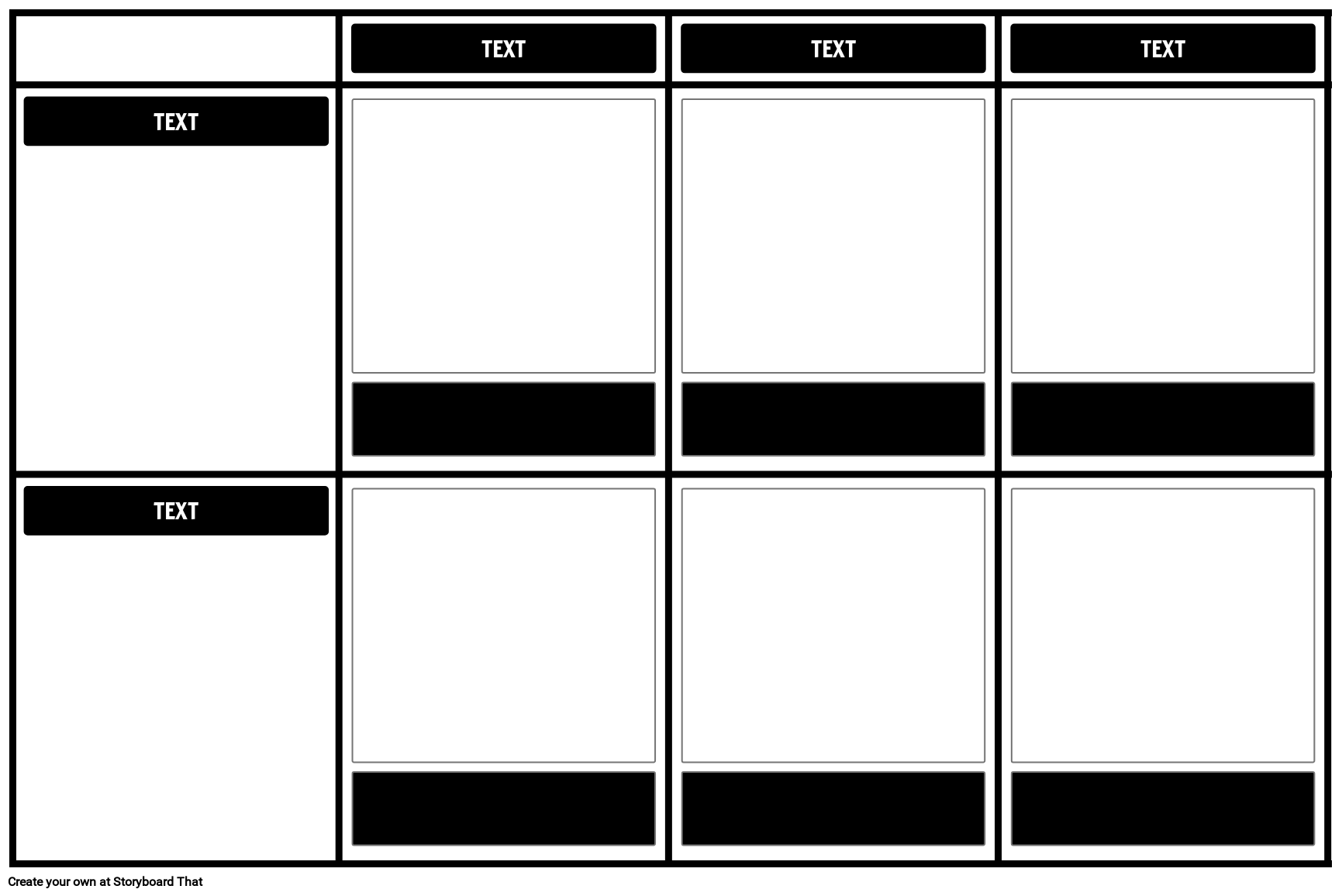Activity Overview
A common literary style many American authors focus on in there works is the use of local color and dialect. By using these elements they paint a realistic setting of everyday life and ordinary people from different regions of the country, while also seeking to explain human behavior.
Dialect
Dialect is the specific language used by people of a certain area, class, or cultural group. The term denotes the particular use of spelling, sounds, grammar and pronunciation which is uncommon to other groups. It is a very powerful tool for enhancing characterization.
Local Color
Local color includes distinctive characteristics of a place or time period. Vivid images as represented in literature or as observed in reality create specific characteristic traits for a region.
In the story, Bambara uses significant elements of speech to give an authentic and true feeling to her story. As the reader engrosses themselves in the text, speech patterns become clear. The narrator often drops her ‘g’s’ - examples include: mockin, mornin, nuthin. The narrator also chooses to use less grammatically correct expressions like “ain’t” and “me and Cathy went”. The major significance that dialect and local color have is that they enhance the work as a whole, by bringing liveliness and depth to the writing.
Have students create a grid in which they find and track elements of dialect or local color. Good starting questions to ask include: What sayings or words used give inference into the south or southern life? What patterns of dialect or speech does the narrator use that sound particularly southern?
Lesson Extension: Want a fun activity to really drive home these concepts with your students? Try having them create their own ‘Local Color and Dialect’ storyboard using speech patterns and word reference from where they live or where they are from! Storyboard That’s world headquarters is located in the heart of Downtown Boston, Massachusetts, USA - Check out our example storyboard to get your students' creative juices flowing!
Template and Class Instructions
(These instructions are completely customizable. After clicking "Copy Activity", update the instructions on the Edit Tab of the assignment.)
Student Instructions
- Click "Start Assignment".
- In the column headings, write "Example 1", "Example 2", and "Example 3".
- Add the name of the city in the upper left heading.
- In the row headings, write "Local Color" and "Dialect" and explain what each means.
- Add illustrations using appropriate scenes, characters, items, and dialgoue.
- Save and Exit
Lesson Plan Reference
More Storyboard That Activities
Blues Ain't No Mockin Bird
- Before the Great American Ballpark, Cincinnati's Riverfront Stadium, 2001 • SeeMidTN.com (aka Brent) • License Attribution (http://creativecommons.org/licenses/by/2.0/)
- Dunkin' Donuts - Sunday Morning Coffee Run • Qfamily • License Attribution (http://creativecommons.org/licenses/by/2.0/)
- Fenway Park, Van Ness St, Boston (493465) • Bob Linsdell • License Attribution (http://creativecommons.org/licenses/by/2.0/)
- lobster • tuppus • License Attribution (http://creativecommons.org/licenses/by/2.0/)
- Maine Lobster from Eric • man pikin • License Attribution (http://creativecommons.org/licenses/by/2.0/)
- Sprinkles aka "Jimmies" • Qfamily • License Attribution (http://creativecommons.org/licenses/by/2.0/)
© 2024 - Clever Prototypes, LLC - All rights reserved.
StoryboardThat is a trademark of Clever Prototypes, LLC, and Registered in U.S. Patent and Trademark Office








